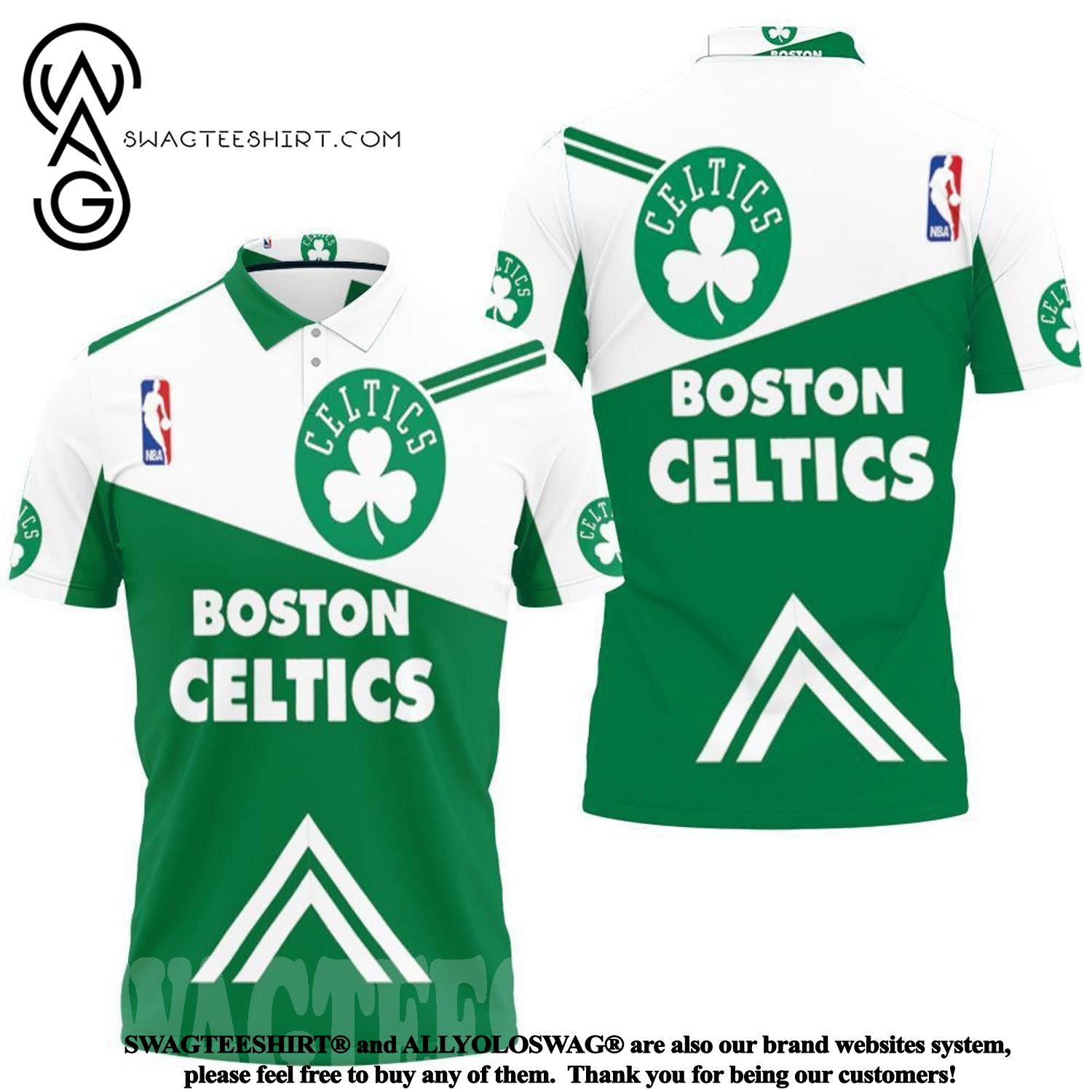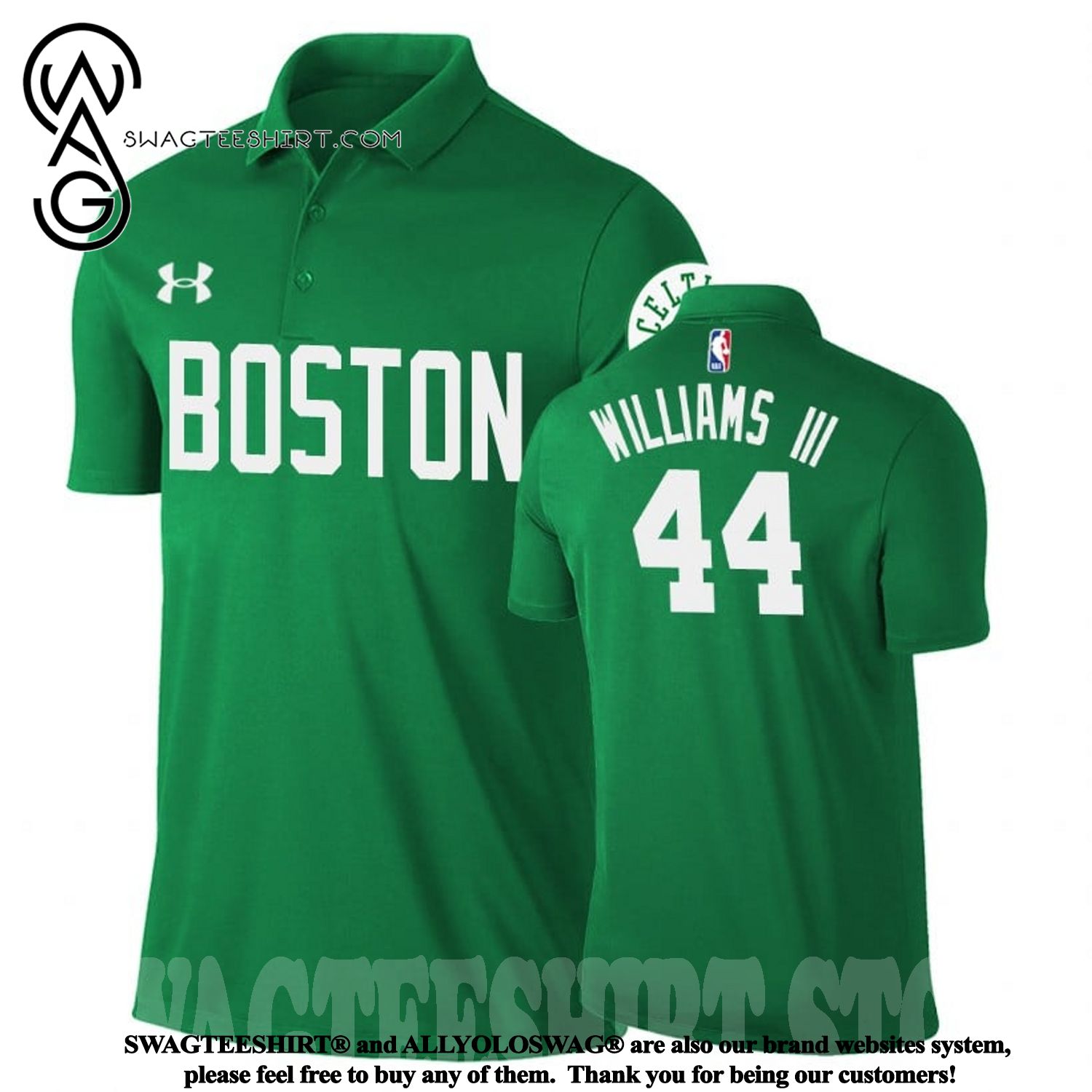Femininity and masculinity in fashion are specifically shaped through colors, pieces, and fabrics from the perspective of designers.
The escape from the gender boundaries of unisex fashion
Unisex fashion, an aspect created with novel formats, has been an interesting subject for many fashion icons looking to break out of the domestic market. In essence, genderless fashion is formed based on the freedom to dress, express your desires, and style and adapt the fashion industry to the needs of users. In the social context, gender positioning is defined as part of the shaping of men’s and women’s fashion. However, before the development of the gender equality movement, unisex fashion was formed as a way to remove barriers and previous norms, which were positioned as an invisible yardstick for the creative industry.
According to Jo Paoletti, a fashion researcher at the University of Maryland, the term “unisex” was used in the mid-1960s to refer to uncombed and fussy hairstyles. It wasn’t until the late 1900s that Amelia Bloomer, a feminist, introduced the design of floral pants to wear under a mini skirt.
This progressive movement has received much attention; however, sank rapidly due to the onset of World War II. However, after the war ended, women once again spoke out to break gender norms and call for feminism. In 1968, in an article titled “The Era of the ‘Monster’ and the ‘Brute’ in Fashion” published by The New York Times, the term ” unisex is really applied in the fashion field when focusing on describing chunky shoes as a design that is suitable for both men and women.
The gender-neutral fashion movement was really at its peak in the 2000s. At a time when women like Coco Chanel were beginning to use designs in menswear and “feminize” pieces. It’s in women’s fashion. Socially, this means a lot as a new twist on feminism, which women have pursued for decades. And that’s when, the public witnessed the historic collections of genderless designs on the catwalk.
In Asian countries, this movement has also really been created by avant-garde brands of European origin and style such as Comme des Garçons and Yohji Yamamoto. In Japan, since 2016, young people in Tokyo have been carrying out a movement against sexual positioning in fashion, eliminating binarism and giving people complete freedom in style choice. In countries with long-standing cultural traditions like China and Vietnam, domestic designers are also starting to approach genderless styles and are on their way to breaking down concepts inherent in fashion culture.
Genderless fashion is being favored by young people, especially since the outbreak of the COVID-19 pandemic. In that context, people are forced to stay at home and limit contact in public places, so they tend to buy more casual, comfortable, and non-gender clothes. This also invisibly creates the formation of another form of clothing in the wardrobe and normalizes their appearance in everyday life. Then, we accepted the non-gender style most passively.
In addition, the growth of social networking sites is also the cause of the rejuvenation and strong spread of this style. According to Priscilla Liu, Brand Manager of one of China’s leading luxury goods platforms, “ China’s Gen Z customers grew up in a digital world where they were synergized. what they want to know about fashion, art, and lifestyle. Therefore, this may be the reason why unisex style is growing more and more popular with young people.” And in Asian countries, where feudalism has suppressed women’s thoughts for many years, now, young people, who have inherited new and modern thinking, are even more in need. voice their understanding of gender-neutral fashion trends.
With those positive signals, the fashion industry also received significant numbers for the non-gendered fashion group. Specifically, “neutral” items such as shirts, t-shirts, hoodies, and blazers are the top products on the list when contributing to the revenue of many brands.
For the domestic catwalk, the definition of “futuristic” (futuristic), “neutrality” is used to break away from gender boundaries in fashion, and is a springboard to create unisex designs. particular. Recently, prestigious fashion designers have also begun to introduce highly creative and performance non-gender products such as zipper jumpsuits, cut-out designs, or new materials. The breakthrough of many new minds is also a new breakthrough for the fashion language.
You can click on the images below to own our products








































Homepage: SWAGTEESHIRT Store

